DISCLAIMER
The Massdrop x NuForce EDC3 was sent to me Christian from Massdrop in exchange for an honest review.
INTRODUCTION
Established in 2012, Massdrop (MD) is a company with a simple yet important concept: It’s a ‘community-driven commerce’, which gather ideas from its end users, off it which they would learn and determine products of interests for the general public. From there, they would work towards negotiating and organizing group or bulk purchases to allow end users like us to be able to purchase desired products at a discount. In recent time, MD’s Custom Products department has gone one step further by collaborating with the best companies from the audio industry to produce MD exclusive products that promises a great bang for your buck.
I have previously worked on a couple of MD tuned pieces from many companies, such as the Massdrop x Noble X, the Massdrop Plus and most relevant to this review, the Massdrop x NuForce EDC (EDC). The EDC, or the Every Day Carry, was designed to be a unit in which we can easily carry around every day (as its name would suggest), thus able to be used in many areas and situations though still maintain the audio quality and performance that is staple to the MD house of products. I found the EDC to sound incredible for its $59.99 price tag, and have since recommended it to many people as a possible option for their first take on the in-ear side of the audio industry.
Moving forward to February 2018, MD, in collaboration with NuForce, will be releasing the second unit in the EDC line of products, the Massdrop x NuForce EDC 3 (EDC 3). Unlike how its name suggest, the EDC 3, was designed as a complementary piece to the superb EDC, promising to provide an alternate sound to appease a different section of the audiophile community, while maintaining the same physical form factor that has been widely praised on the EDC. How does it fare? Read on to find out.
INFO + SPECIFICATIONS
Unlike the previous EDC, which used a dynamic driver configuration, the EDC3 uses 3 balanced armature drivers per ear design in a single bass, dual mid/high configuration. The IEMs are matched to within a 2dB difference, and have a frequency response between 20 Hz and 40 kHz. Its sensitivity is rated at 100 dB, give or take 3 dB, at 1kHz paired with an impedance rating of 16 ohms and a maximum input power of 2 mW. It’s fairly easy to drive and I had no trouble with it while using my mobile phone.
The EDC 3, when equipped with its braided cable, weighs 5.7g. The figure increases to 8.5g when the unit is equipped with its mic cable. Speaking of the mic cable, it is compatible with all Apple devices and most of the Android devices. The microphone sensitivity is rated at -42dB, and can be used for some basic player control and call control plus starting your voice assistants such as Siri, Google Assistant or Cortana.
The EDC will be sold at $99.99, a $40 increase from the previous EDC. The accessories provided with the EDC3 is exactly the same as its predecessor, so the price difference It’s a significant jump considering that it’s close to a 50% price increase on the original, but still (now barely) reigns under the $100 price range. As always, the unit is subject to the drop system utilized by MD, which may not be your best friend in terms of availability. However, judging by how the EDC is being handled, it’s safe to say that there will be a couple of drops throughout the year, so those who missed out can still get it at a later date.
ACCESSORIES & OPTIONS
I received (what I believe is) a pre-production sample but it looks to be very close to the end product, barring any major changes.
These are front and back shots of the packaging which came with the unit I received. The packaging was a little crumpled due to mishandling from my country’s customs.
The EDC3 is packed similar to the EDC, that is inside a cardboard based box, perhaps wrapped in a layer of thin plastic. I say perhaps as mine was opened by the customs prior to receiving it, hence the slight damage to my box as seen in the pictures above. This should not be an issue with your purchased unit, as unreleased products are more prone to such treatment.
Here are the contents I found within the box, which houses the IEMs and its carrying case which contains the extra accessories provided.
Here is a breakdown of the content one would receive when the EDC 3 is purchased: The unit equipped with braided cable, an extra mic cable, a shirt clip, an array of tips and a carrying case. Picture credits to the Massdrop team.
Removing the packaging box reveals a cardboard cut-out that houses the IEMs and its zippered carrying case. The carrying case is nicely sized to fit into most pocket but would provide some form of protection to the unit but not from heavy damage.
Inside the carrying case, one would find the array of accessories that are included with the units, including 3 sets of silicone tips in S, M and L sizes and 2 set of foam tips in M and L sizes. The case also holds the extra mic cable and a shirt clip, while the unit was already equipped with its braided cable.
Both the braided cable and mic cable are about 54’’ (138cm) in length and is of the 2-pin configuration, with a 3.5mm single ended jack at the end. From what I could tell, the 2-pin configuration is of the more conventional 0.77mm diameter 2-pin type, so custom cable swapping remains an option, though you do lose out on compatibility with the stock NuForce cables.
Shrink wrap is used for its cable guide, not memory wire. Therefore, wearing them straight down isn’t ideal ergonomically. I personally prefer memory wire as I like having the option of adjusting the cable guide according to my preference though this seems to be a popular choice now, especially for those who are wearing glasses.
I’m pretty surprised to see that (AFAIK) Lightning and USB-C based cables will not be available add-on options for the time being, considering that it is an ongoing trend or movement. Regardless, I’m still a firm believer in the conventional 3.5mm jack (I’m looking at you Apple) and am not affected by this. Yet, those who use iPhone 7 and up would probably be less inclined to the unit, unless they use it with their Apple provided adapter.
All and all, you’ll find that the comprehensive array of accessories, more so than most other products of this price range, would cover most of your needs on a day to day listening activities.
BUILD QUALITY
These are high quality photos of the EDC 3. Picture credits to the Massdrop team.
These are my own (less than professional) personal shots of the EDC3.
Similar to the EDC, EDC 3 uses a Lexan polycarbonate material for its housing in a smoky transparent blue/gray colour and a much darker take of the same transparent colourway for the body. In fact, in terms of size and shape alone, it looks identical next to the EDC, except the fact that it’s etched with ‘EDC 3’ this time around. I’m a big fan of the colour way it to look very simple and sleek overall.
With my previous experience from the EDC, the housing proved to be quite sturdy and resistive to scratches. Therefore, the EDC 3 should last you a pretty long time unless it was mishandled.
SOUND QUALITY
Evaluation Process
The EDC was burned in for at least 150 hours before any critical evaluations were made on the unit. The tracks used for my listening sessions are files that are either FLAC/ALAC from a wide variety of genres except metal. The following is a list of source gear that I used during the review:
- Chord Mojo
- iBasso DX90
- Questyle QP1R
- Calyx M player
- Samsung Galaxy S8
One thing that I would like to strongly emphasize upon is that all listening sessions were conducted with the braided cable equipped. Another variable that I maintained constant throughout my listening sessions was the use of silicone tips that were provided only due to comfort reasons. No tip rolling was made with the provided foam tips or any third party tips available in the market.
Initial Impressions
Upon first listen, the EDC 3 has an overall warm sound signature. The bass is lifted beyond neutral to give a satisfying thump for your music’s lower region notes, never threating to enter the realm of ear bleeding excessive bass. The mids are the star of the show, clear yet smooth, lush yet detailed. The treble is below neutral but there’s more than enough air to go around most music.
Detail, except the midrange, does not come aggressively on you but was sufficient for me on a casual listening basis. Soundstage is deep though not very wide.
Burn-in helps smoothed out the sound of EDC 3. However, don’t expect to have a leaps and bounds improvement experience from the unit post burn-in.
Sound Signature
The EDC 3 takes an overall warm and smooth sound signature. This is an alternate, and I would say trending, take on the ‘all-rounder’ sound signature, in contrast to the previously favoured V-shape sound signature. Specific to the warm tonality of EDC 3, it produces a sound that is mid focused, added bass and has just enough air to disqualify it from the realm of sounding dark.
Bass on EDC 3 is north of neutral, with the elevation in the region primarily present on the mid bass. The bass comes in rich and full but not necessarily thick. Focusing on the subbass, there’s a nice weighty feel to it. It comes across punchy but stays far away from the line of boomy bass. In fact, the sense of control within the region is exceptional, so the bass does not feel intrusive or bleed into other regions.
To me, mids are the main highlight of the piece. EDC3’s mids are clear and arguably the smoothest and most detailed of its 3 main sound regions. It is forward in nature, yet it’s lush and articulate throughout. Vocals, both male and female, were an absolute bliss to listen to on EDC 3. The instruments within the region are also well represented in its tonality, with each note coming through with an organic touch.
Treble presentation was perhaps the most underwhelming of the 3 main regions. The treble is sufficiently airy but is a touch recessed and has a slight roll off specifically at the top end. However, my main gripe is its interplay with the other regions, as the forward mids seems to overshadow the highs, making it sound more recessed than it actually is. It does hit the nail on the head when it comes to smoothness, as I found no sibilance or harsh tones coming from EDC 3, maintaining a sense of sweetness throughout.
EDC 3 will not scream ‘detailed’ to you. Except the midrange, I found the detail level in the other regions to be adequate but not exceptional. Its soundstage, although average in depth, is wide especially at this price point, does help provide a more realistic presentation. It also fare fairly well in terms of its sense of rhythm and timing, ensuring that the music come through in a highly organic manner.
In addition, I found that the EDC 3 responds well to better amplification. It does not require a whole lot of juice to run, though it certainly up its game with more power.
COMPARISONS
For the comparisons below, I compared the EDC 3 to my Periodic Audio Mg (Mg) and the Massdrop x NuForce EDC (EDC). If you do wish for some comparison notes with the other IEMs I have in my arsenal, please do let me know in the comments below, though I doubt it will be a fair fight as the price range might be quite far apart.
Periodic Audio Mg (Mg)
The Mg currently has a MSRP of $99, so is priced much closer to the original MSRP for the EDC 3, which is at $99.99
Let’s start with a comparison of their physical properties. The Mg uses polycarbonate for its main housing, so it should inspire a similar if not higher level of confidence for its durability and toughness when compared to EDC 3. While EDC 3 has to be worn over the ear, a choice between a straight down or over the ear wearing style could be made with Mg. Furthermore, Mg has fixed cables attached to its housing, thus unreplaceable which does not play well with the fact that its stock cables are flimsy and feels fragile. On the other hand, EDC 3 has replaceable cables which allows for a cable fix or a cable upgrade.
Moving on to the sound, EDC 3 has a warm sound signature whereas the Mg has a sound signature that leans towards brightness. In terms of the bass, EDC 3 has a noticeable bump to it while Mg has bass that is closer to neutral. I feel that EDC 3 has a more enjoyable bass presentation of the two, as it sounds more exiting with its harder bass impact and increase in quantity. I found the EDC 3 to perform better in the quality department as well, with more detail and extension when compared to Mg.
Both share a smooth, forward midrange, with EDC 3 most aggressive of the pair. I found the Mg to be smoother the two, though EDC 3 triumphs Mg in terms of lushness. Considering both units’ detail level within the region is on par with each other in my view, I felt that preference for either is a complete toss up and will differ from one person to another.
When it comes to highs, Mg with its elevated, more extended treble is my preferred sound. While I found the EDC 3’s treble to be a touch recessed and lack energy in comparison, some may find the Mg to be bright or harsh. Soundstage is wider on the Mg; however it lacks depth when compared to the EDC 3.
Massdrop x NuForce EDC (EDC)
The EDC is sold on MD’s site for $59.99, $40 cheaper than the new EDC 3.
EDC and EDC 3 are almost identical in their physical form factor. Both are constructed into identical shapes with the same material. There are only two differences between both units in this area: a slight colour palette swap and a different model number etching on the body of the IEM.
In terms of sound signature, EDC lean towards a V-shaped sound signature whereas EDC 3 has an overall warm sound signature. Both represent a slightly different take on a sound signature aimed at the general consumer market.
EDC has a higher emphasis in the bass region compared to EDC 3. Bassheads will appreciate the harder hitting, thumping bass on EDC, especially with its added quantity. Regardless, I still found EDC 3 to be my preferred taste on bass as I thought it was more controlled and detailed of the two. Bass extension is roughly equal across both units.
They both also have contrasting takes on their midrange. Whereas the EDC has a smooth yet relaxed midrange, EDC 3 has an equally smooth and forward definition of the region. In my opinion, the EDC3 is clearer, richer and more detailed in this region, and certainly plays up more to my preference.
The treble region brought about the most interesting comparison between both units. In one case, when focused upon, EDC 3 has an airier and slightly brighter top end than EDC. However, due to the different ‘balance’ achieved by both units, the midrange presence in EDC 3 made the treble feel more recessed than it should. In the other case, EDC has more of a roll off at the top end though the interplay and balance between its treble and mids made me feel that the treble had more energy and more zing to it. Truth to be told, I actually sort of preferred the EDC’s treble.
In terms of soundstage, I felt that EDC 3 had it wider by a touch. Depth of soundstage of the two is on a similar level. I also felt that there’s an improved detail level throughout the frequency range from the EDC 3.
CONCLUSION
Yet again, MD has pushed the boundaries in delivering outstanding performance at an attractive price point with the EDC 3. That is a strong statement, considering $100 is no longer a price range that is saturated with below par options which are less than competitive in terms of both sound a build quality. As a matter of fact, the EDC 3 has certainly qualified and deserved its spot on the list of recommendations for people working on the aforementioned budget; a list that I felt previously added the EDC last year.
EDC 3, with its warm sound signature and amazingly compact form factor, will surely be a hit with both new and veteran audiophiles alike, especially for those who are looking for an everyday piece of that sound signature. The midrange is absolutely the star of the show, bringing forth a beautiful combination of clarity and smoothness in the region that is almost unrivalled within the price range. A comprehensive range of accessories to support the unit is also a huge factor in increasing its allure towards all its potential buyers.
On the downside, and this should be gathered as my own personal taste, the treblehead in me would tweak the treble and increase its quantity, even if it’s just by a little. Secondly, being that EDC 3 is a piece targeted for everyday use by anyone, I would love to see the unit be available for purchase on demand, so hopefully MD will stock up a few units and make that option available after the initial drop.
Like its predecessor, the EDC, EDC 3 is an amazing product which delivers outstanding sonic performance and delivers an amazing overall package for a unit that, this time barely, stays within the $100 price ceiling. It is a great choice for people who are starting out and are aiming for a warmer tone, and also act as a good ‘complementary’ pair with the original EDC to obtain contrasting flavours of IEMs that are built solidly and highly portable for everyday use. Even though I have a few pair of IEMs that outperform yet are more expensive than the EDC line of products, I still find myself grabbing one or the other when I’m off for a quick listen. Hence, I would highly recommend for everyone to get either for keeps within their collection, or potentially start building an arsenal of their own.


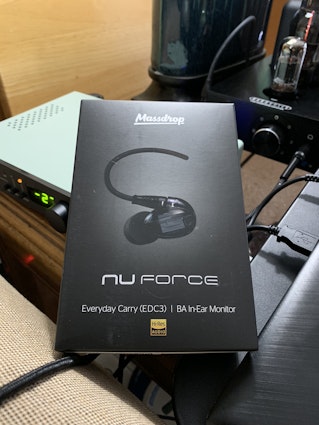
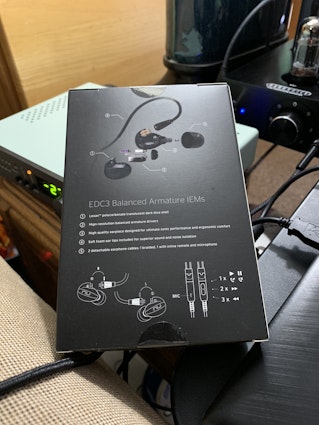
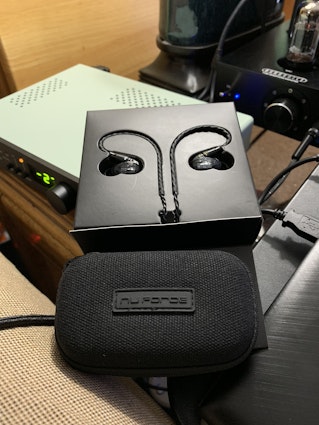
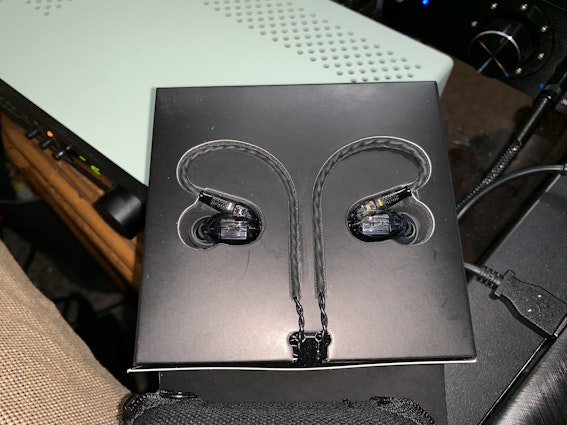
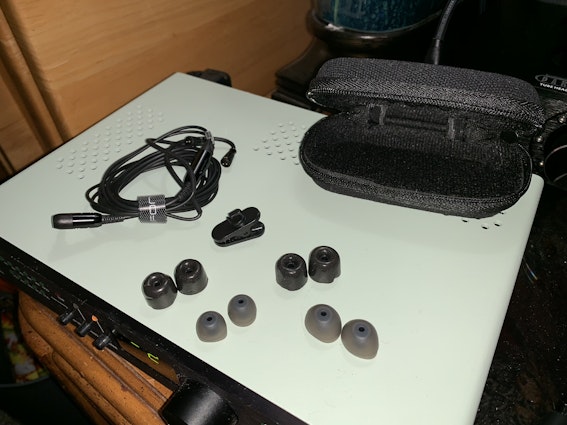
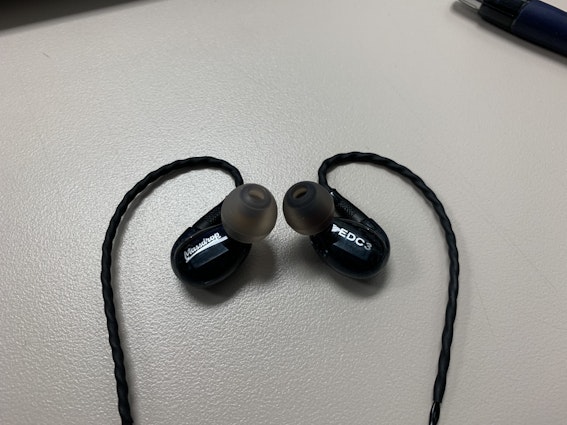

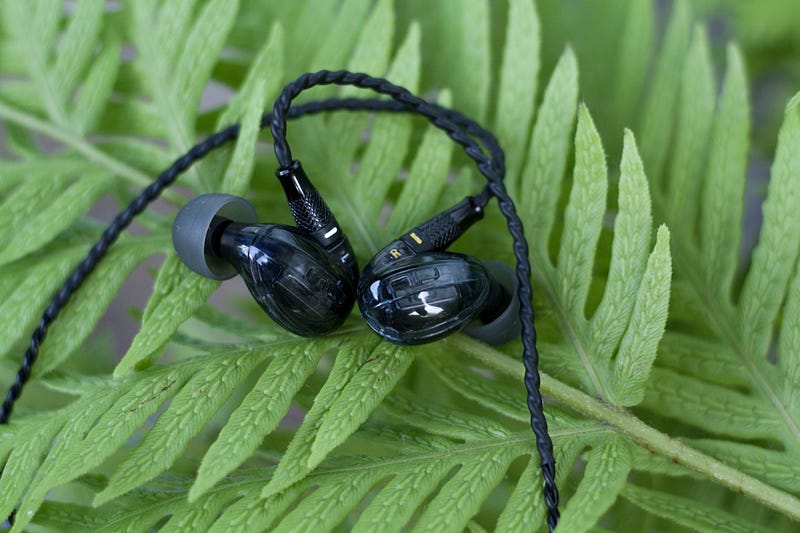
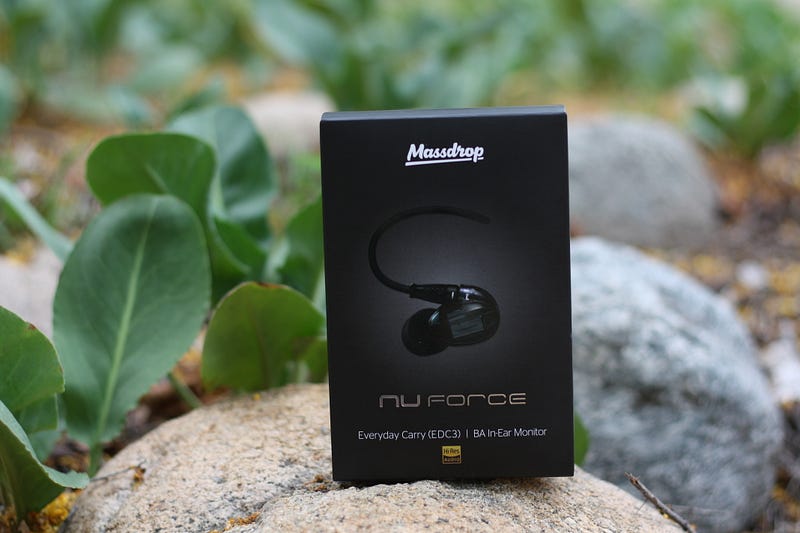
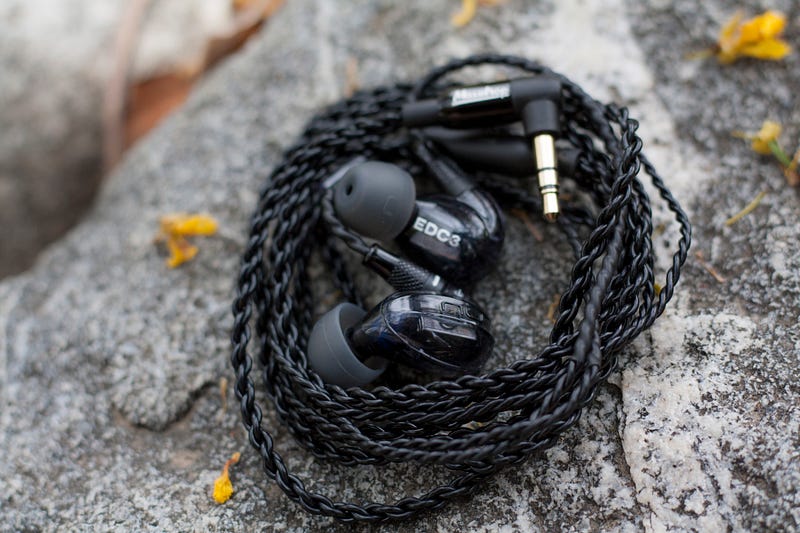
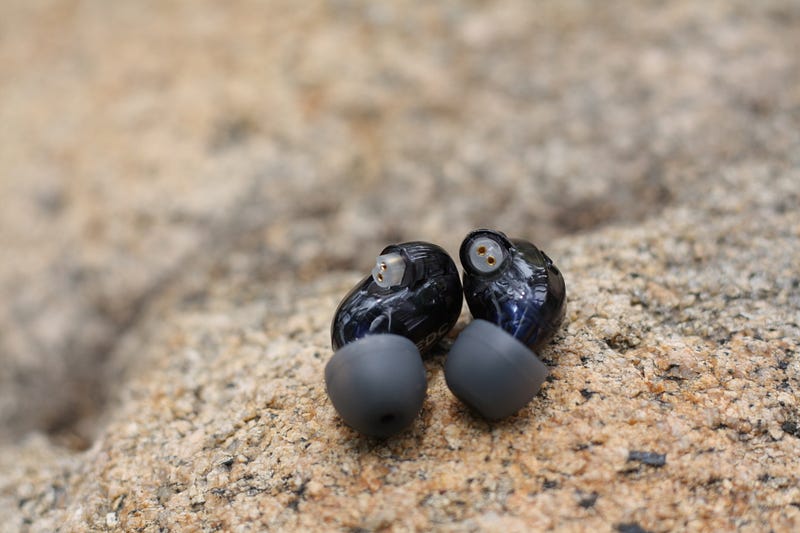
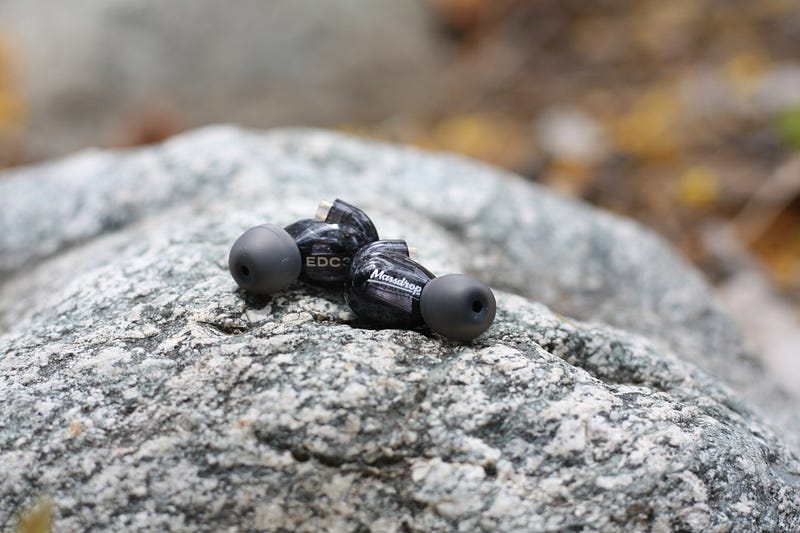

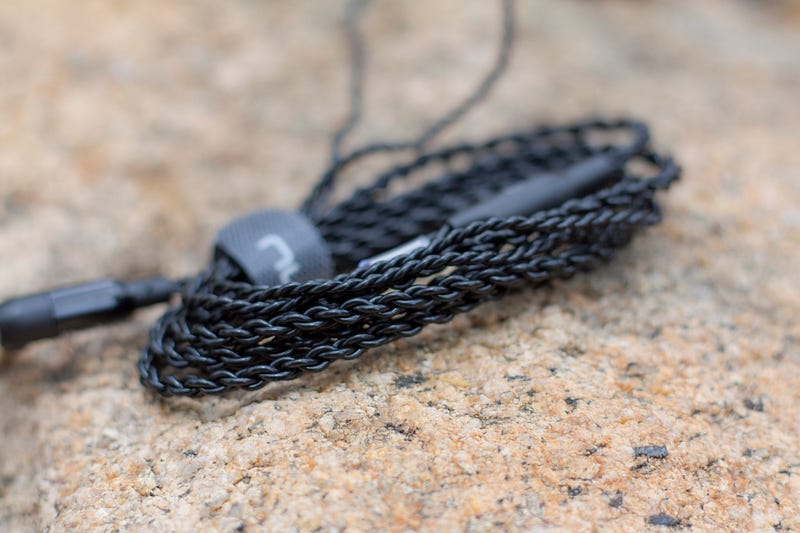
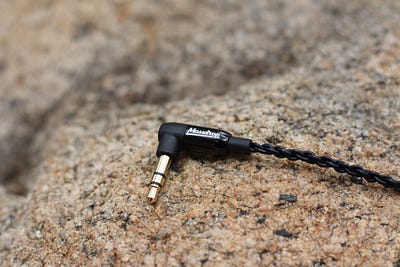
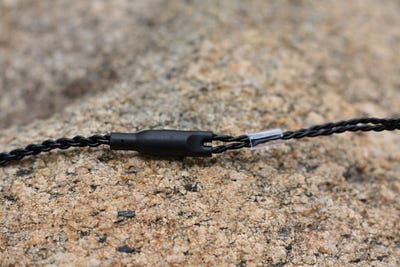
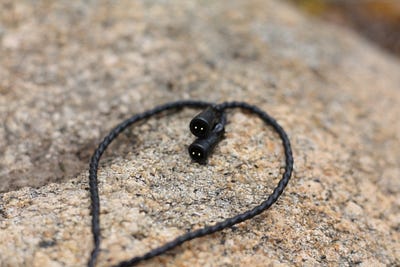
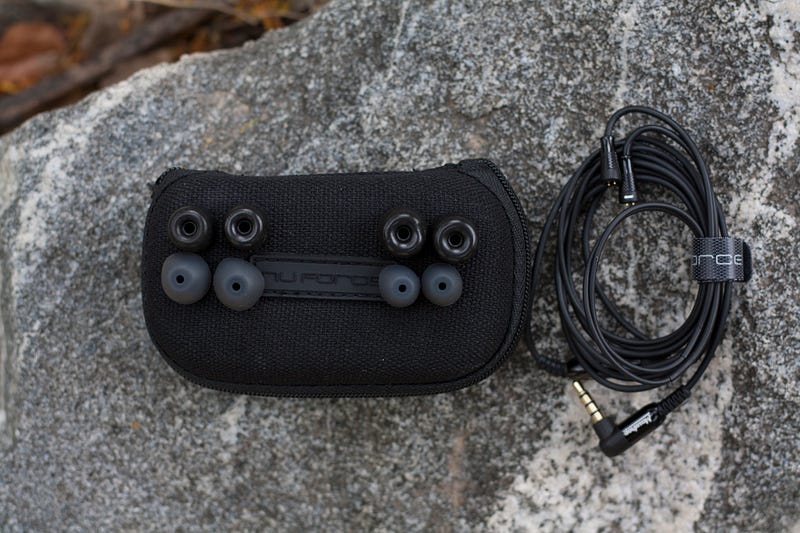












If you think the Plus Is on a good level, then perhaps then the V shaped regular EDC is a better choice. If you think the Plus, is a on the bright side, maybe the warmer EDC3 may be better. I feel that the EDC3 works best with vocals, and instruments like guitar that resides around the upper mids lower treble area.